Introduction to Integers Worksheets
Integers worksheets are a valuable resource for students learning about whole numbers, both positive and negative. These worksheets provide practice for understanding and manipulating integers, as well as reinforcing key concepts related to this critical mathematical aspect. Whether you are a teacher searching for extra materials to supplement your curriculum or a parent looking for additional exercises to support your child's learning at home, utilizing integers worksheets is an effective way to reinforce their understanding of this important mathematical entity.
Table of Images 👆
More Other Worksheets
Kindergarten Worksheet My RoomSpanish Verb Worksheets
Cooking Vocabulary Worksheet
DNA Code Worksheet
Meiosis Worksheet Answer Key
Art Handouts and Worksheets
7 Elements of Art Worksheets
All Amendment Worksheet
Symmetry Art Worksheets
Daily Meal Planning Worksheet
What is an integer?
An integer is a whole number that can be positive, negative, or zero. It does not have any fractional or decimal parts and is represented by the set of numbers {..., -3, -2, -1, 0, 1, 2, 3, ...}.
What is the opposite of an integer?
The opposite of an integer is its additive inverse, which is the integer that when added to the original integer gives a sum of zero.
How do you represent positive and negative integers on a number line?
Positive integers are represented to the right on a number line starting from zero, while negative integers are represented to the left on a number line starting from zero. The further to the right a number is, the greater its value gets for positive integers, and the further to the left a number is, the smaller its value gets for negative integers. The distance between each number on the number line is the same, with positive integers increasing in value and negative integers decreasing in value as you move away from zero in either direction.
What is the absolute value of an integer?
The absolute value of an integer is the non-negative value of the number without considering its sign. This means that the absolute value of any integer is the distance of that number from zero on the number line.
How do you add integers with the same sign?
When adding integers with the same sign, you simply add the numbers together and keep the sign. If the integers are positive, you add them together and the result will be positive. Likewise, if the integers are negative, you add them together and the result will be negative. Remember to keep the sign of the original integers when adding them.
How do you add integers with different signs?
To add integers with different signs, simply subtract the absolute value of the smaller number from the absolute value of the larger number. The sign of the result will be the same as the larger number. For example, to add 4 and -2, think of it as 4 - 2 = 2. Since the larger number is positive, the result is also positive.
How do you subtract integers?
To subtract integers, you simply need to subtract the second integer from the first integer. If the integers have different signs, subtracting a negative number is equivalent to addition. Just remember to pay attention to the signs and always subtract the second integer from the first.
How do you multiply integers?
To multiply integers, you simply multiply the numbers together. If both integers are positive, the product will be positive. If one integer is negative, the product will be negative. If both integers are negative, the product will be positive. Remember to follow the basic rules of multiplication and apply the signs correctly to get the final answer.
How do you divide integers?
To divide integers, you need to perform the division operation using the standard division algorithm. Simply divide the dividend (the number being divided) by the divisor (the number it's being divided by). If the numbers have different signs, the quotient will be negative; if they have the same sign, the quotient will be positive. If the remainder is not zero, it is typically expressed as a fraction or decimal. Remember to consider any specific rules or guidelines for integer division when dealing with negative numbers.
How do you solve word problems involving integers?
To solve word problems involving integers, carefully read the problem to understand what is being asked. Identify the key information, determine what operations are needed (addition, subtraction, multiplication, division), translate the problem into an equation or inequality, and then solve it step by step. Be mindful of the signs of the integers and make sure to double-check your answer to ensure it makes sense in the context of the problem. Practice consistently to improve your problem-solving skills with integers.
Have something to share?
Who is Worksheeto?
At Worksheeto, we are committed to delivering an extensive and varied portfolio of superior quality worksheets, designed to address the educational demands of students, educators, and parents.

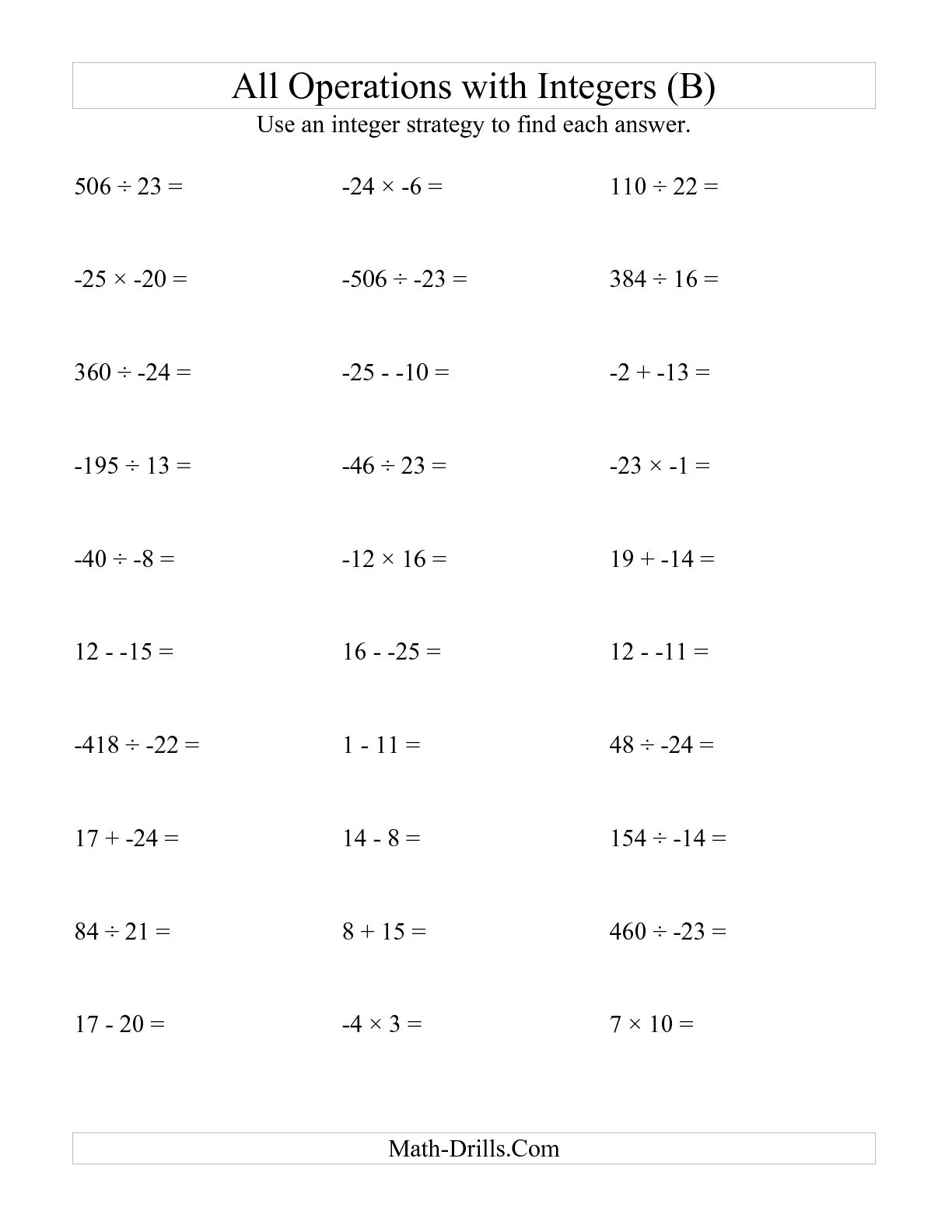




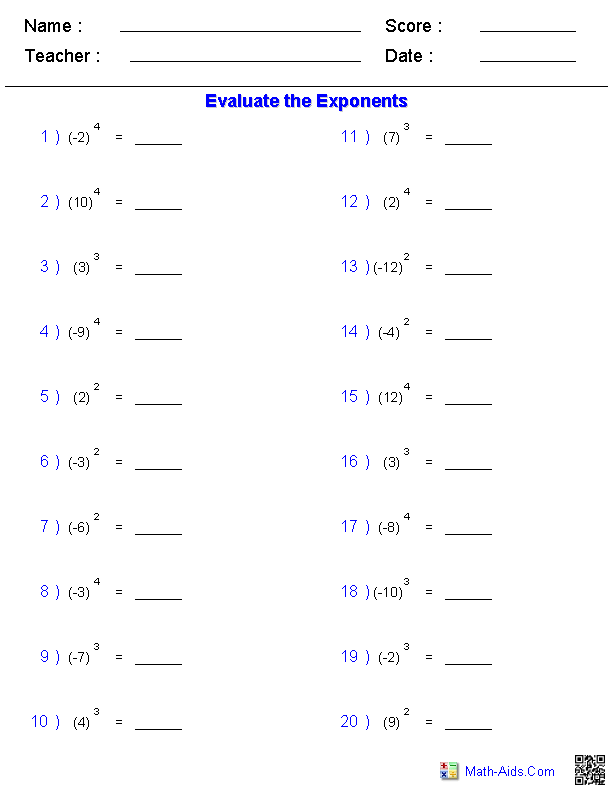
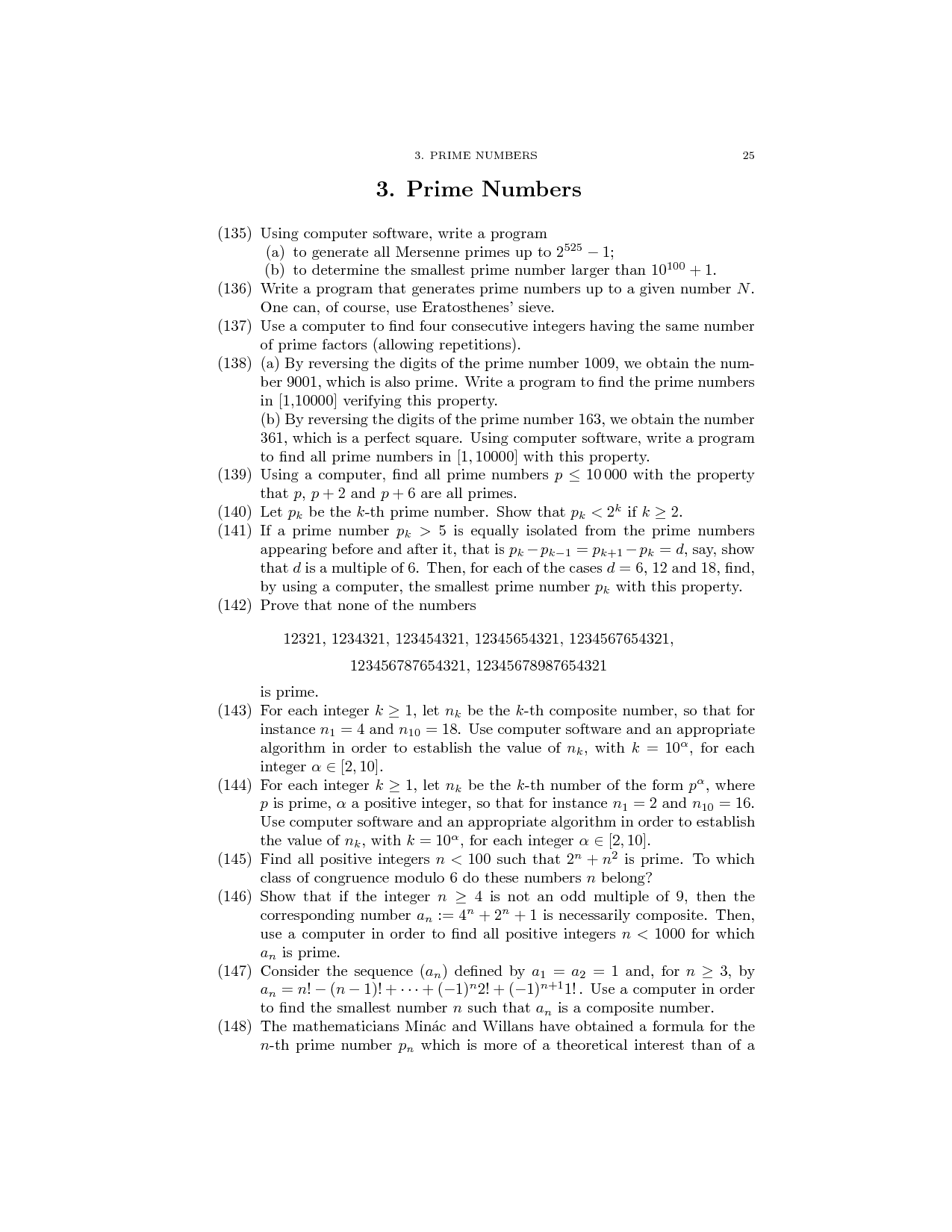
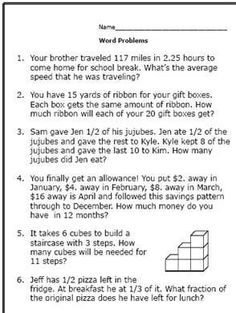

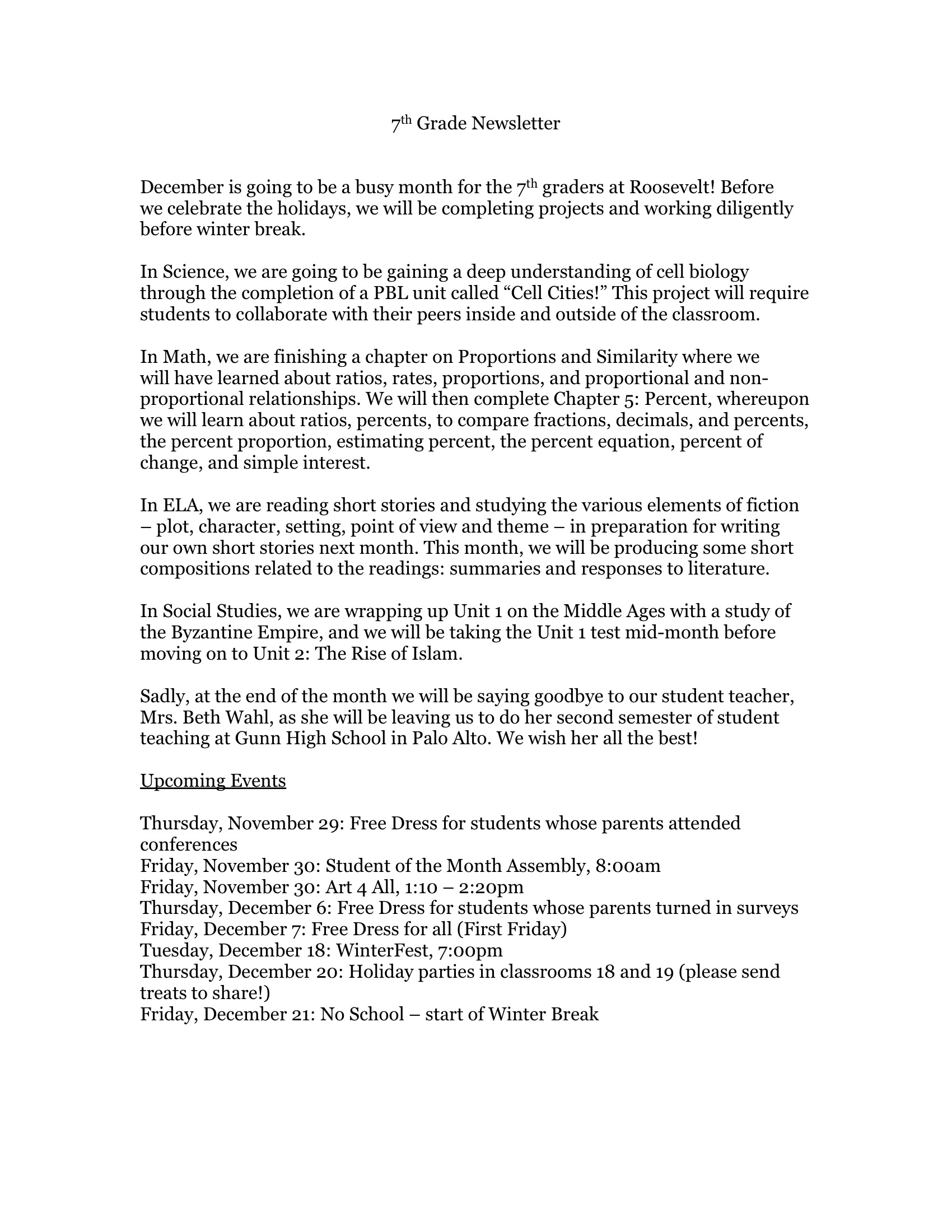















Comments